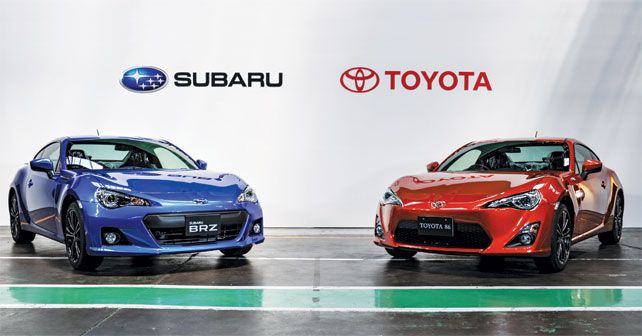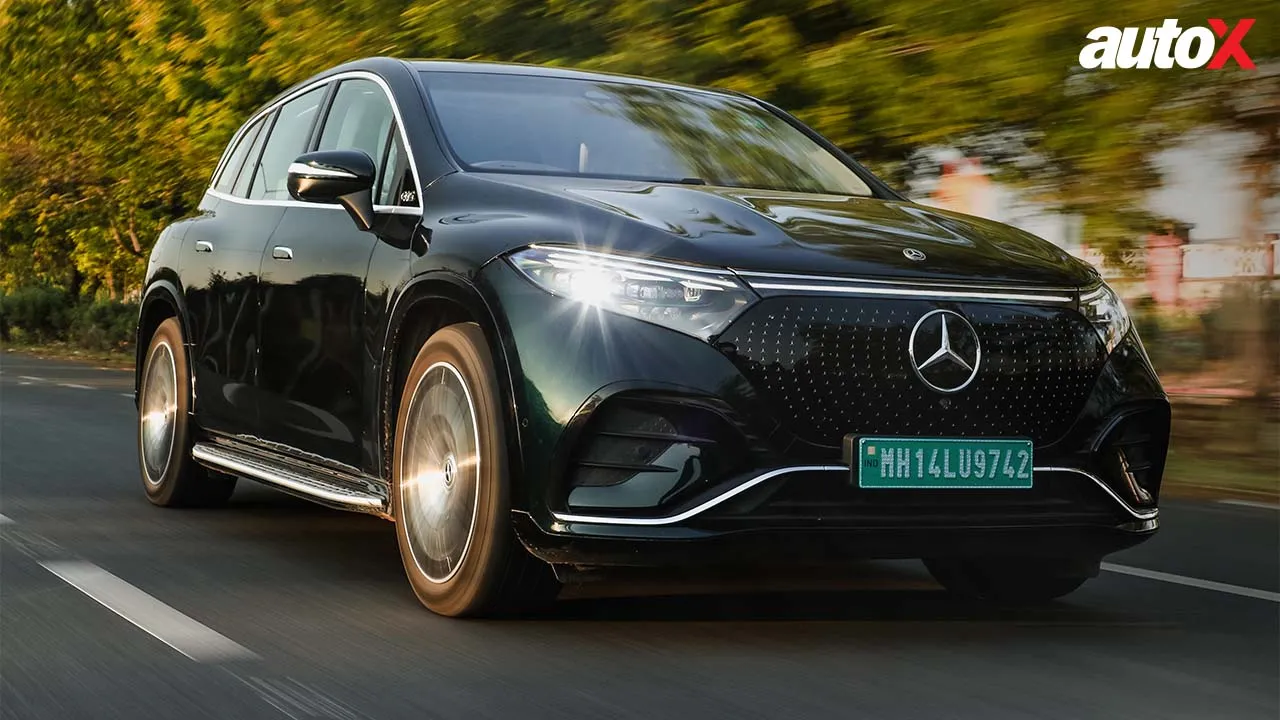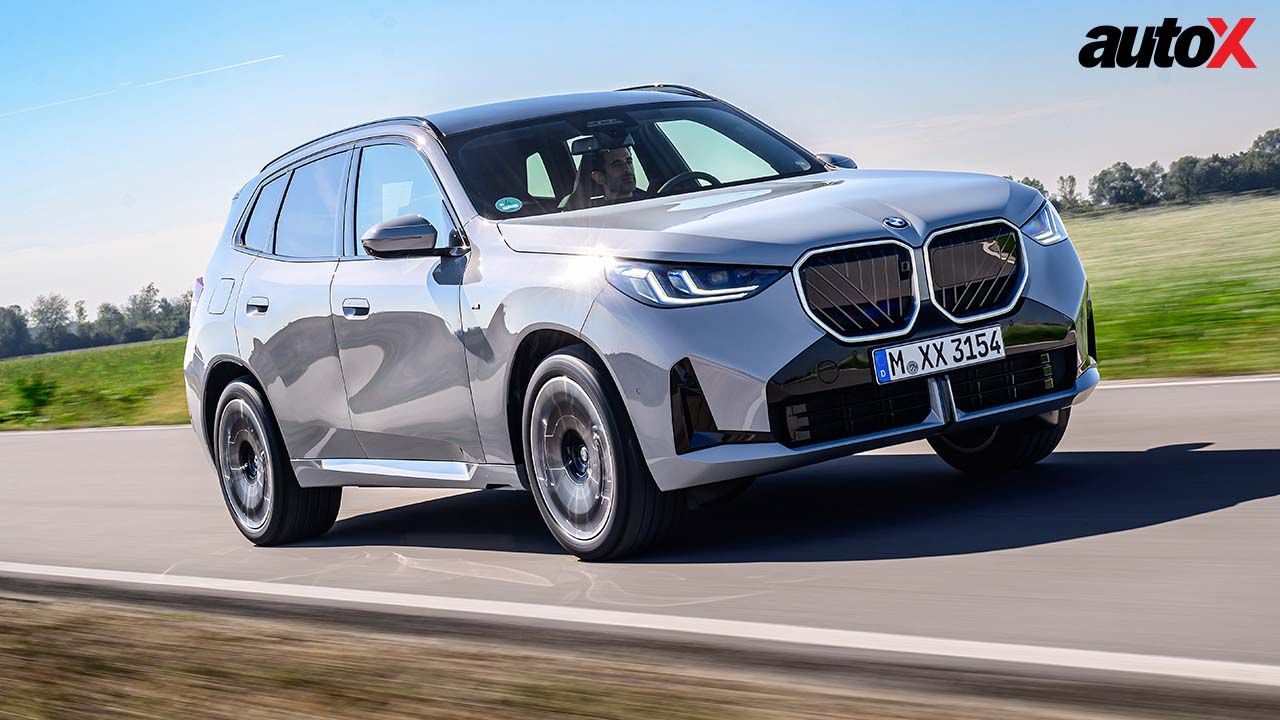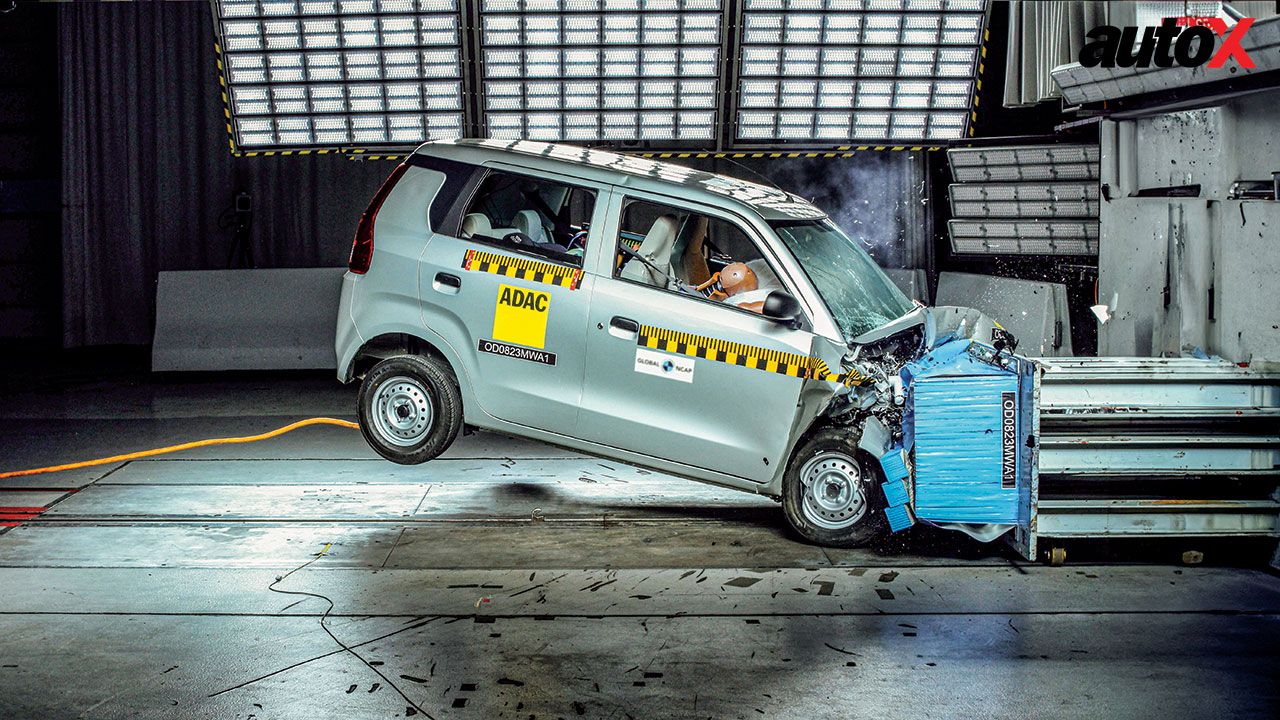Karl doesn't get the appeal of the Toyota GT86 and Subaru BRZ
The Toyota GT86 and Subaru BRZ twins made quite the splash when they were introduced internationally a few years ago – they were hailed as proper, affordable sports cars. Anyone who’s a car person will have heard the old joke: Why did they name it the Toyota 86? Because that’s its 0-100km/h time.
By Karl Peskett

The Toyota GT86 and Subaru BRZ twins made quite the splash when they were introduced internationally a few years ago – they were hailed as proper, affordable sports cars. But Karl just doesn’t get the appeal.
Anyone who’s a car person will have heard the old joke: Why did they name it the Toyota 86? Because that’s its 0-100km/h time. Or perhaps: Why did they call it the Subaru BRZ? Because that’s the sound the engine makes at top speed.
Bad jokes, sure, but they came from people who understood the Toyobaru’s biggest downfall – its lack of grunt.
It has been a roaring success for the Japanese companies, with thousands of customers signing up for this small, lightweight, rear-wheel-drive sports car that delivers pure steering and plenty of fun at an affordable price. At least that’s what the brochure says.
It’s been a while since I’ve been able to get behind the wheel of one, after initially sampling the Toyota version shortly after launch. But a recent week with the Subaru BRZ cemented my opinion – I don’t get
the appeal.
Sure, the steering is good, and the gearshift feels nice, but there’s not much else that can redeem it. The interior is a mish-mash of a hundred different materials and the stereo is weak. The Bluetooth takes forever to connect after each restart and the steering wheel is too slippery. The traction control is too aggressive in normal mode, and in track mode it’s not lenient enough. And forget any notion of using the back seats – even little kids complain about them.
Now, before you start writing in saying that we motoring journalists have been spoiled by spending time with Ferraris, Lamborghinis and Porsches, we can, and do, appreciate lesser machines. One of my personal favourites is the current Mazda MX-5.
It has next to no power, it weighs a fraction more than a tennis ball, and because it rolls in the corners, it’s totally predictable. But it’s a barrel of fun in any conditions and any weather – and always puts a smile on your dial. But the BRZ? Its huge torque hole from 3,000rpm onwards means it struggles to get going unless you ring its neck and finally hit a decent level of torque after 6,500rpm. So, unless you want to look like a loon and rev the life out of your car, a Camry is going to leave you for dead.
That torque dip is so well known that there are entire websites dedicated to how to fix it. I don’t know of a single car that has been released that has had so much attention paid to one major flaw with its motor. If another company released a sports car with such a big torque dip, it would be lambasted and labelled a failure. So, why does everyone go easy on the Toyobaru? One reason – price.
Why haven’t they just made one that has enough torque? Why isn’t there a turbo version, and one that has a better interior? It’s taken me a few years to figure it out, but the business strategy behind this car is actually very smart.
Toyota and Subaru offer a small, rear-wheel-drive car that has been set up to be deliberately slow. Its engine is underpowered, the tyres aren’t great, the suspension needs work and the brakes are too wooden and definitely need to be upgraded. So, the first thing people are going to do is modify their car. And as soon as they do that, instantly, their warranty is voided.
So, they sell thousands of cars and then not have to fix any issues if something goes wrong. Saving money by avoiding warranty claims? Now that’s clever business.
After a week of deliberating over this car, I still don’t like it. But I understand why it exists. And if the profit from sidestepping warranty leads to more STI models, or even a new Supra, then I’ll let the 86/BRZ slide.





